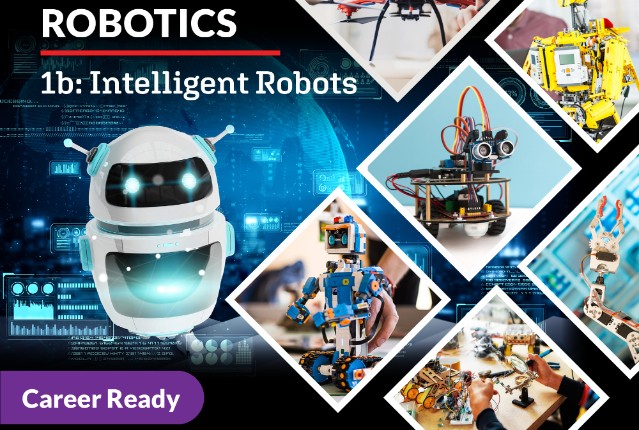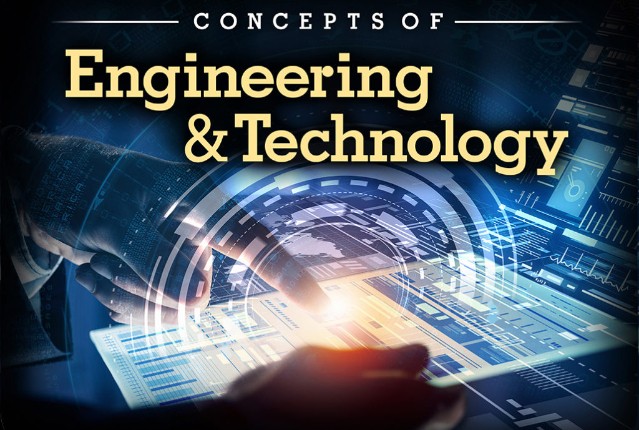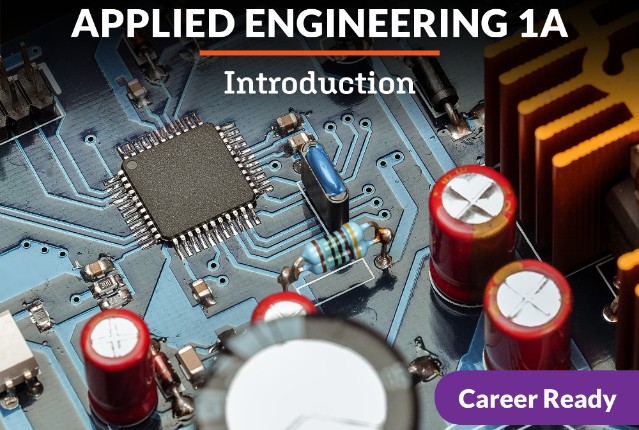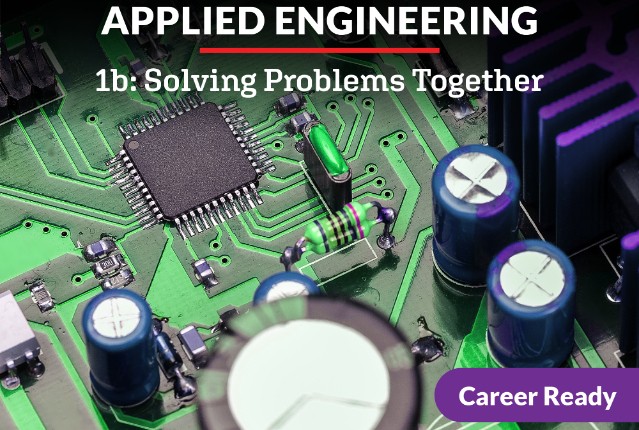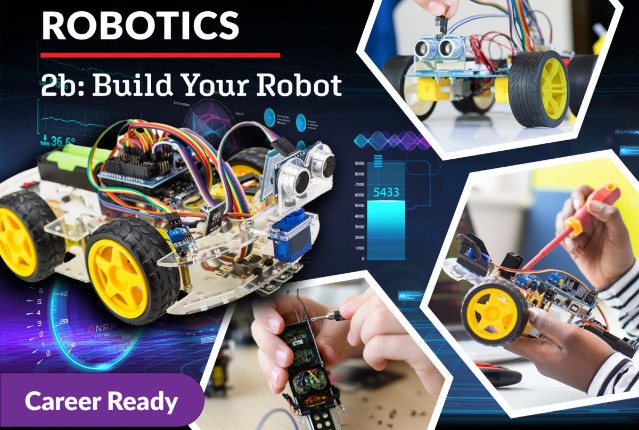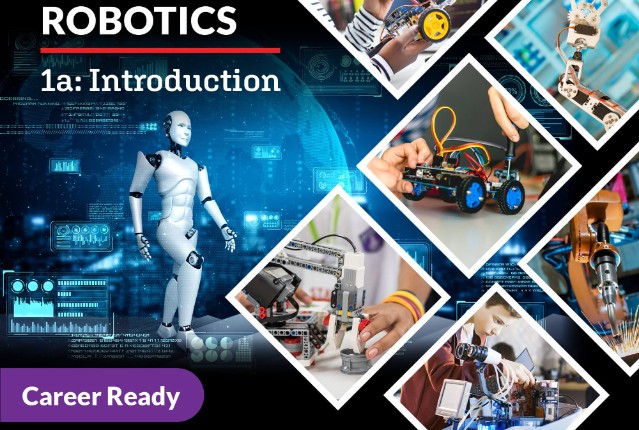
Robotics 1a: Introduction
Are you fascinated with how machines work? Robots are machines, and they are all around us, from helping doctors in surgeries to helping to keep our homes clean. Explore the physics, mechanics, motion, and the engineering design and construction aspects used to develop robots. Learn how models are created through both sketches and software. Discover STEM careers and the education needed to enter this high-demand field.
Review course outlineAccess for a year
USD 299.00*
* Choose more courses to get a discount
